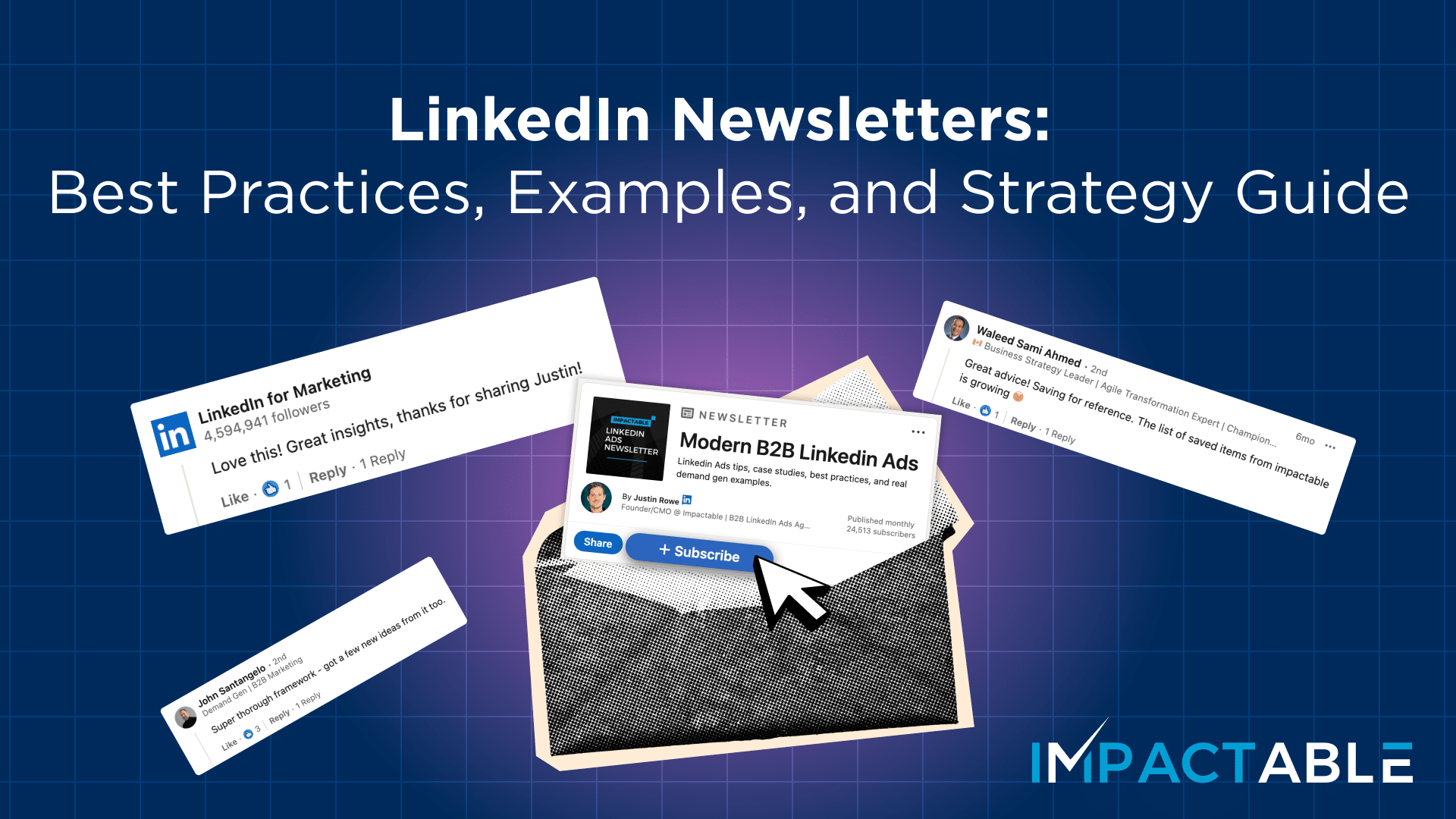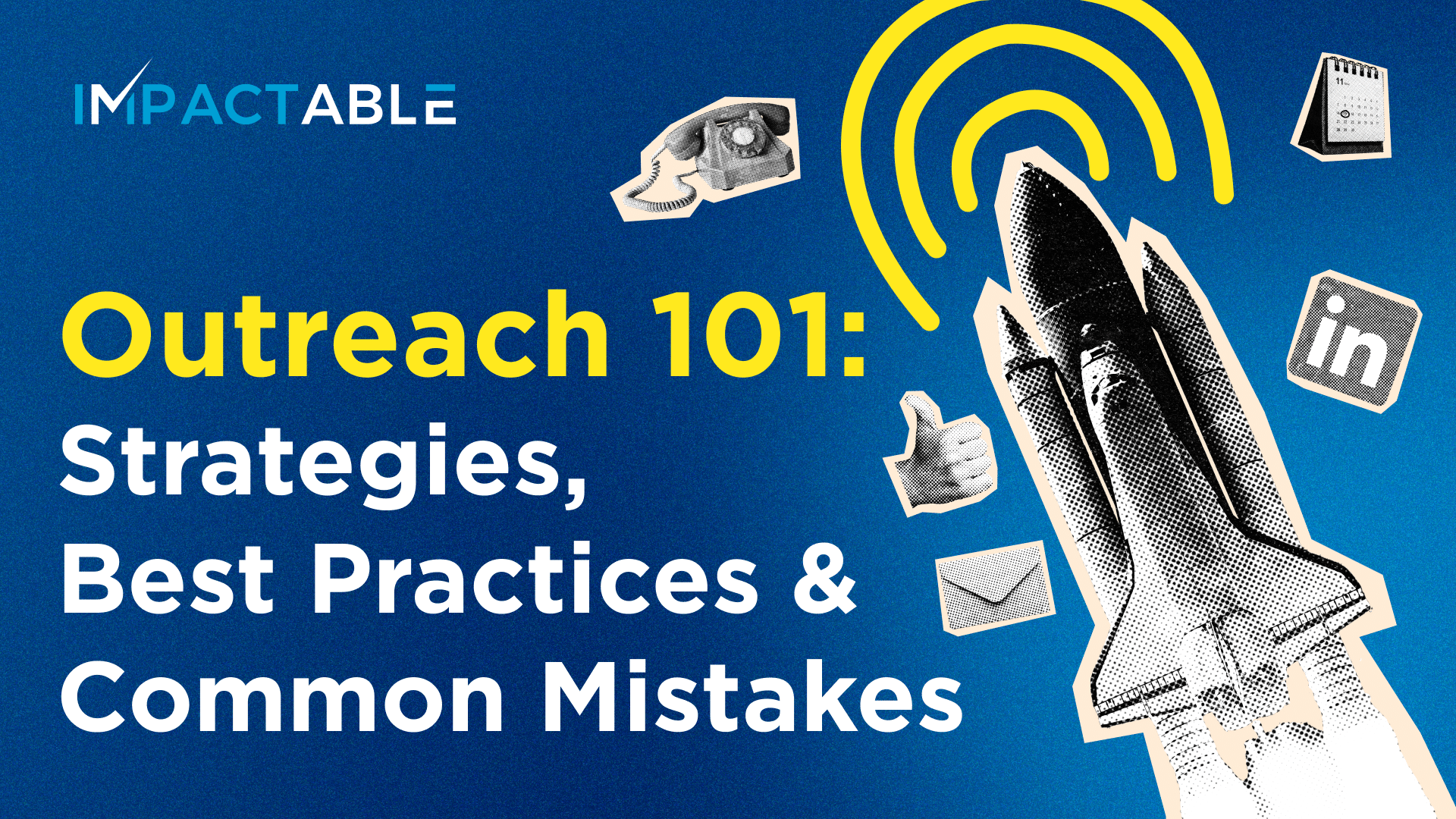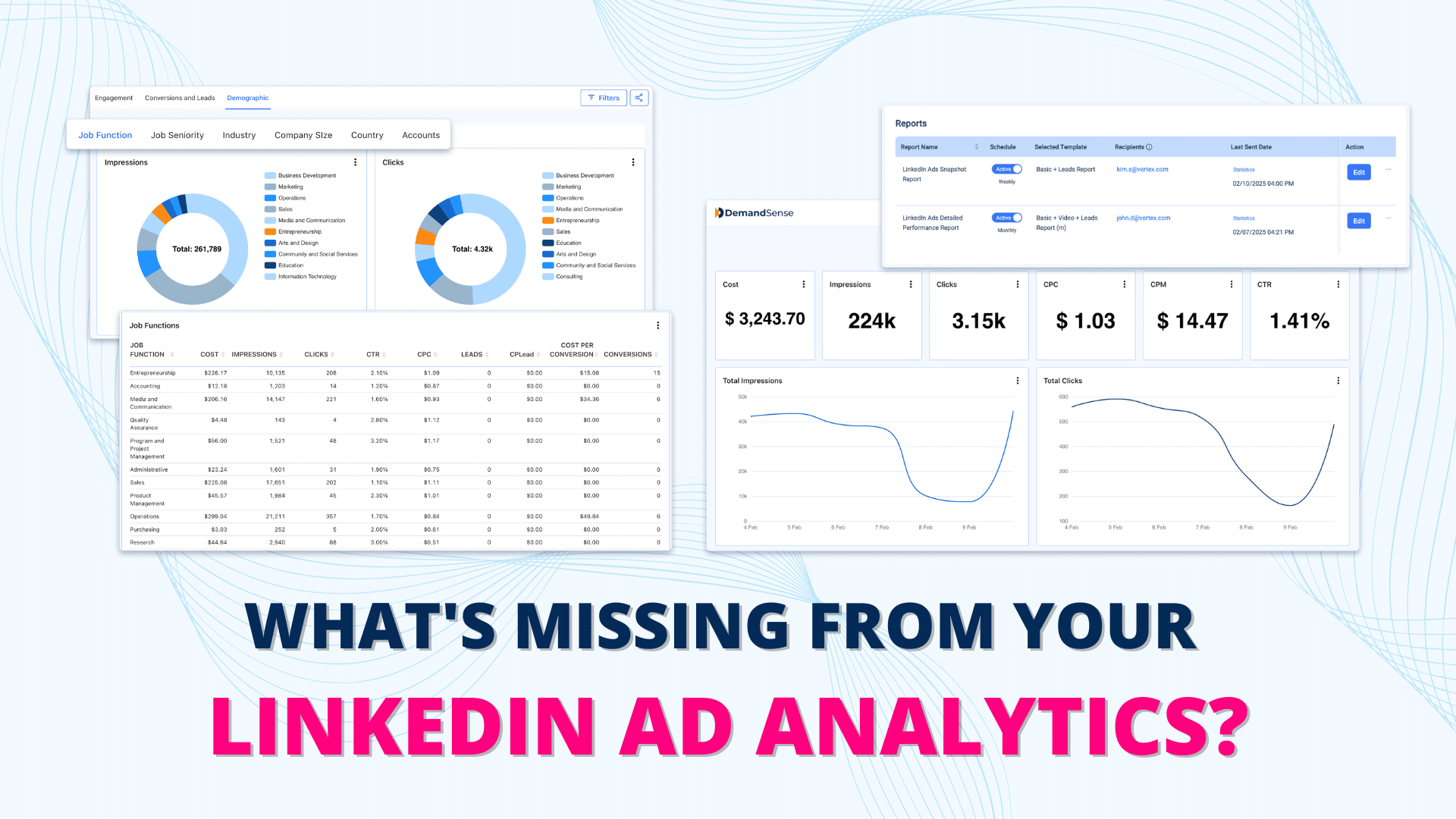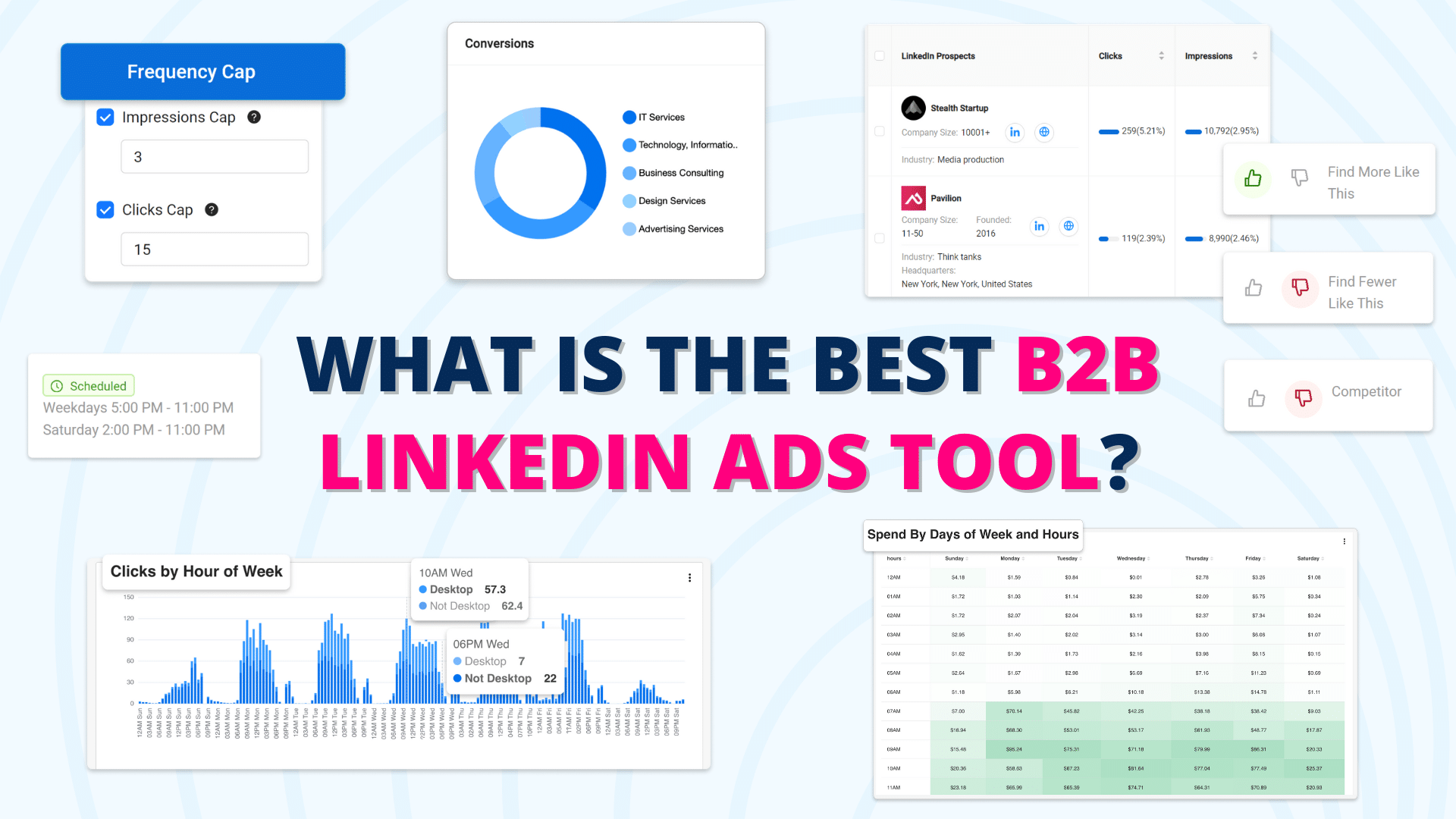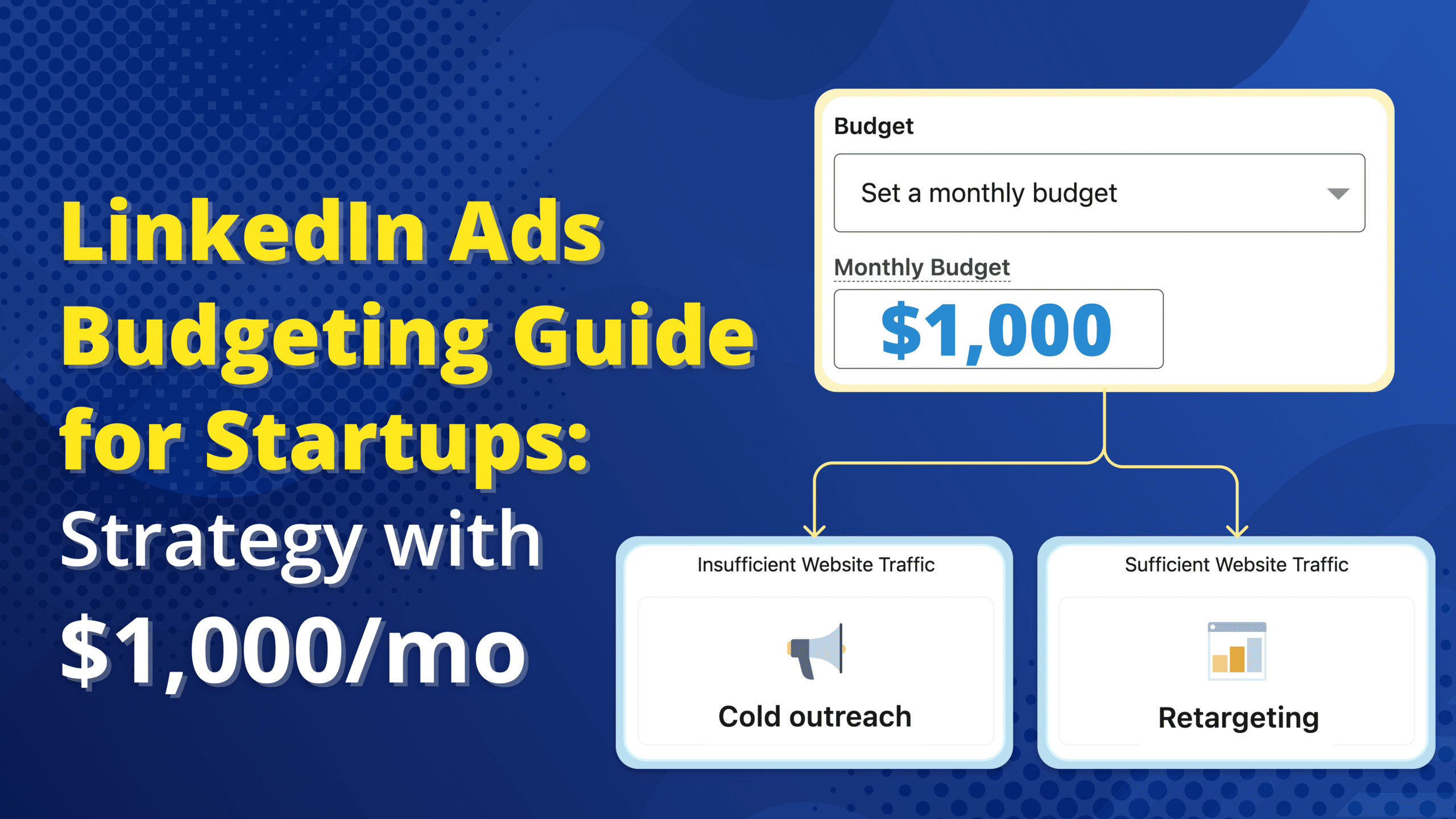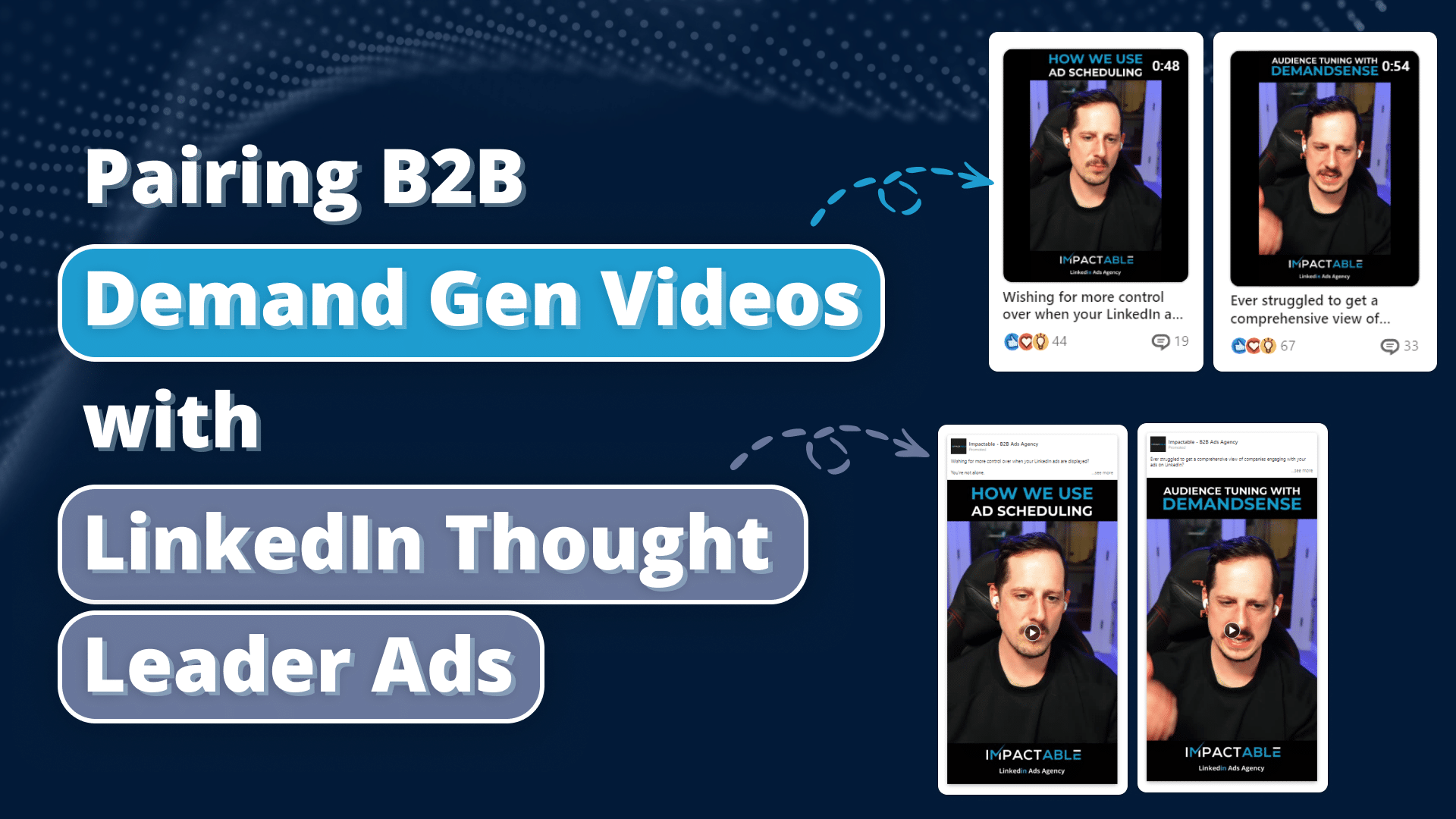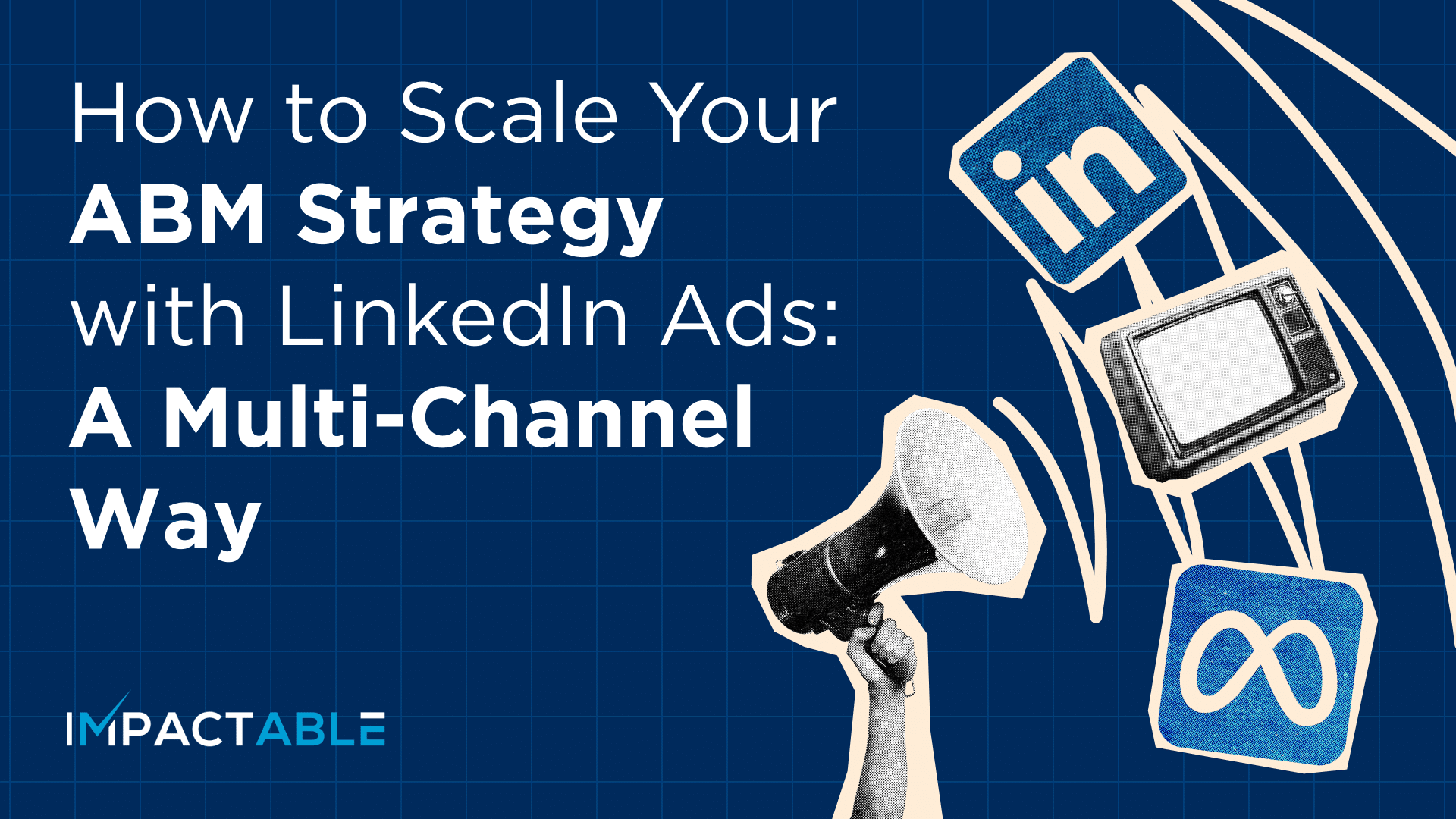
Introduction
LinkedIn has established itself as an essential platform for today’s B2B marketers. With over 850 million members and lead generation identified as the top use case by marketers, harnessing LinkedIn’s targeting capabilities and highly professional audience offers lucrative opportunities to generate and nurture leads.
In this post, we’ll cover tips and best practices for optimizing your LinkedIn ads for B2B lead generation, including:
- Identifying and targeting your ideal B2B customers
- Choosing the right ad formats and placements
- Creating compelling ads and landing pages
- Tracking performance and optimizing for conversions
- Avoiding common mistakes
Follow these steps to get more value from your LinkedIn ad spend by capturing high quality leads and converting prospects into customers.
Identifying and Targeting Your B2B Audience
LinkedIn offers advanced search filters and targeting options to help you identify and reach your ideal B2B prospects. You can target by job title, function, industry, company size, and more.
For example, you can target audience segments like “Vice Presidents of Sales” or “IT Directors at mid-market financial services firms.” Use specific job titles and functions relevant to your offering.
Location, group membership, and engagement levels allow further refining your ad targeting. You may want to focus on prospects in your city or high-value regions.
Lookalike audiences modeled after your existing customers can uncover new prospects with similar attributes. LinkedIn’s new predictive audiences use AI to suggest targets based on your goals.
Test different targeting approaches and optimize towards conversions. Use LinkedIn’s depth of professional data to engage just the right decision makers for your business. As per this article, it’s important to target users at all stages of their buyer’s journey.
Choosing the Right Ad Formats and Placements
LinkedIn offers a variety of ad formats and placements to choose from for your B2B lead generation campaign. Selecting the right options can help you reach your target audience and improve engagement.
For the news feed, sponsored content allows you to publish native ads that resemble regular LinkedIn posts. This organic format stands out in the feed. You can use single image ads, carousels, or video to capture attention.
Sponsored InMail enables direct outreach to prospects via personalized messages right in their LinkedIn inbox. This facilitates one-to-one engagement.
For retargeting visitors who have already engaged with your brand, dynamic ads can display highly relevant, customized content.
LinkedIn video ads are increasing in popularity and impact currently and worth a look.
When choosing creative types, text, image and video ads have pros and cons. You’ll want to test which resonate most for each audience and objective. Placement also affects relevance. InMail performs best for personalized outreach while sponsored content feeds into discovery.
Creating Compelling Ads and Landing Pages
Once you’ve identified your target B2B audience and chosen the right ad formats, the next step is to create compelling ads and landing pages that will convert those prospects into leads. According to LinkedIn, ads with a strong value proposition can achieve up to 2x higher CTR than those without. Your ad copy should clearly communicate the benefits of your offering in a personalized way.
For example, leading B2B brands like Adobe and Google create LinkedIn ads with copy like “Reach the Right Professionals with LinkedIn” and “Find New Customers on the World’s Largest Marketing Platform.” This benefit-driven messaging resonates more with target audiences than generic ads.
Your call-to-action is equally important for generating clicks and conversions. Include a strong CTA that tells the viewer what to do, like “Register Now,” “Start Your Free Trial,” or “Request a Demo.” According to LinkedIn, the top performing ads have CTAs front and center.
When prospects click your ad, they should reach a landing page that matches the messaging and offers the promised content or offer from the ad copy. Include lead capture forms, gated content, and other elements to collect visitor information and guide them further through the funnel.
Tracking and Optimizing Performance
To get the most out of your LinkedIn ad campaigns, you need to closely track and monitor performance using key metrics and continuously optimize based on those insights. Here are some best practices for optimizing LinkedIn ads for B2B lead generation:
Implement conversion tracking using LinkedIn’s conversion tracking tags or UTM campaign parameters to accurately track leads and conversions from your LinkedIn ads. This allows you to calculate your cost-per-lead and return on ad spend to understand campaign profitability.
Conduct regular A/B testing with different ad creatives, target audiences, bids, and placements. Analyze which variations perform best to shift budget toward better-performing ads. Refer to LinkedIn’s guide on analyzing campaign performance for optimization tips. (Learn more about setting LinkedIn ads budgets).
Closely monitor campaign metrics like clicks, conversion rate, cost per conversion, relevance score, etc. and make adjustments to targeting and bids to reach your target cost-per-lead. Review LinkedIn’s overview of campaign metrics to optimize performance.
Avoiding Common B2B LinkedIn Ad Mistakes
Here are some of the most common mistakes that B2B marketers make with LinkedIn ads, and how to avoid them:
Targeting Too Broadly
It’s easy to get carried away targeting a wide audience on LinkedIn. However, this scattershot approach often leads to poor results and wasted ad spend. According to SearchEngineLand, insufficient audience targeting is a major pitfall for B2B LinkedIn ads 1.
Instead, precisely target your ideal customers using filters like job title, industry, company size and interests. Start narrow and expand targeting carefully based on performance data.
Learn more about LinkedIn ads ABM strategy to narrow in on a more targeted audience.
Weak Call-to-Action
Your ad’s call-to-action (CTA) prompts the desired response from prospects. Weak CTAs like “Learn More” fail to provide a compelling reason to click. Make your CTA specific and action-oriented, like “Get Your Free Consultation.”
Poor Quality Scores
LinkedIn grades your ads using a quality score based on expected clickthrough rate. Low quality scores lead to higher costs and reduced visibility. Improve quality scores by creating highly relevant, engaging ads and sending traffic to optimized landing pages.
Not Optimizing for Conversions
Many advertisers focus only on driving clicks or impressions. But the real goal is lead generation and conversions. As Zahra Barodawalla notes, failing to monitor conversion metrics is a key B2B marketing mistake 2. Optimize ads to convert, not just for clicks.
Conclusion and Next Steps
In summary, LinkedIn provides a powerful platform for B2B marketers to generate leads through targeted ads. By identifying your ideal customers, choosing the right ad formats and placements, creating compelling creative, and optimizing for conversions, you can drive significant results.
Some key takeaways include:
- Use LinkedIn’s advanced targeting options to reach your target job roles, functions, company sizes, and interests.
- Sponsored content and InMail are effective ad formats for B2B engagement.
- Focus your ads and landing pages on personalized benefits and clear CTAs.
- Continuously A/B test and optimize based on cost-per-lead and other conversion metrics.
- Avoid targeting too broadly or neglecting landing page experience.
For more information on optimizing LinkedIn ads for B2B, check out more of our blog and help center. You can also consider working with a LinkedIn ads agency ( maybe us?) to help set up and manage your first campaigns.
If you’re ready to get started with LinkedIn ads for your business, head over to the LinkedIn ads manager to set up your account and create your first campaign today. With the right strategy, LinkedIn ads can become a valuable component of your B2B marketing approach.



